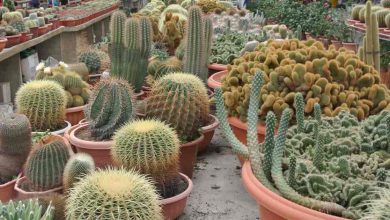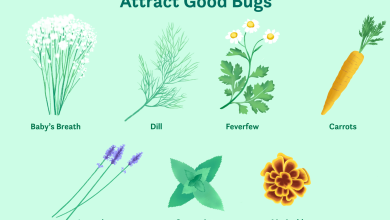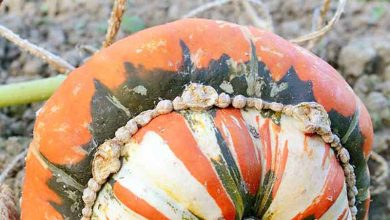Blonde Peat: [Characteristics, Use, Obtaining and Properties]

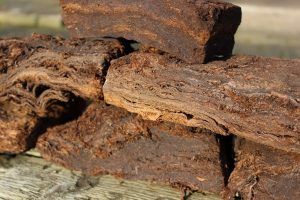 Peat is a compound that originates in areas where a high level of humidity and plant species have coexisted.
Peat is a compound that originates in areas where a high level of humidity and plant species have coexisted.
Most commonly, they are in the form of large swamps with various layers of organic matter.
There are several types of peat, one of them being blond peat, which is the most superficial that forms in these layers.
And as it is one of the most usable substrates when it comes to having a home garden, we want you to get to know it thoroughly. Will you join us?
What is blonde peat?
The blond peat is the product that is produced in the swampy surfaces as a result of the transformation of the vegetable matter that exists there. It has a spongy texture to the touch that can be modeled to some extent, making it ideal for container work.
For blond peat to form, three factors must coexist: poor impact of sunlight, low temperatures and high humidity due to precipitation.
In the swamp area, the blond peat is the one that forms in the most superficial layer. For this reason, it is sometimes referred to as high peat.
What is blonde peat used for?
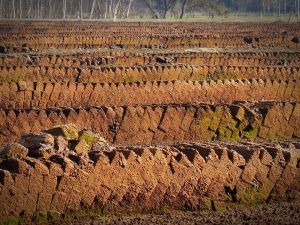 In the agricultural world, blond peat is one of the most popular substrates that exist due to the number of beneficial properties it provides to crops.
In the agricultural world, blond peat is one of the most popular substrates that exist due to the number of beneficial properties it provides to crops.
This leads to their uses being variable and only modifiable according to the specific requirements of each cultivated species.
For example, for a crop that needs a low level of acidity, a mixture with another substrate will have to be applied to help work on this aspect. In this order of ideas, blonde peat is useful for:
- Apply to large hectares of land to strengthen it and give it better characteristics in order to obtain commercial crops.
- Use at home, in small home gardens but where different types of crops are usually installed.
- For the germination of seeds or the production of the root system of cuttings of different types.
- In crops that are protected, in greenhouses or in containers.
- As a recipient of plants that are undergoing a transplant process.
- To ensure proper planting conditions, either to improve soil water retention or to prevent nutrient loss.
How do you get blonde peat?
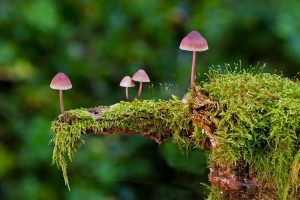 The blonde peat arises as a result of the modification of the vegetable matter that exists on a surface with a high amount of humidity, such as swamps.
The blonde peat arises as a result of the modification of the vegetable matter that exists on a surface with a high amount of humidity, such as swamps.
The most frequent is that this organic matter is moss that has been grouped in these areas over many years.
The anaerobic microorganisms that make life in this ecosystem work the matter, modifying it and humidifying it.
Inside the swamps (which are the most frequent peat-producing areas) there are low temperatures and access to sunlight is minimal.
All this contributes to creating the ideal conditions for peat to be produced.
What is the pH of peat moss?
The pH of this peat is acidic, a condition generated by the environment where it occurs naturally. However, this level of acidity is variable from one blonde peat to another because it depends a lot on the conditions of its place of origin.
It is the same situation that is generated with regard to its physical and chemical characteristics, which are not identical from one peat to another.
What plants need blond peat?
Blonde peat is the ideal substrate for many types of plants that can find the ideal balance to develop in its level of acidity. The most common species are ferns, hydrangeas, Japanese maple, camellias, heather, etc.
Cacti and carnivorous-type plants also tend to get along well with peat-based substrates. And, for those species that are not very attractive in acidic environments, blonde peat is usually mixed with black peat to obtain a more balanced substrate in terms of properties.
What properties does blonde peat have?
 It is ideal for all those crops that need an acidic substrate to thrive, as is the case with some flowering plants.
It is ideal for all those crops that need an acidic substrate to thrive, as is the case with some flowering plants.
Peat is especially efficient in retaining water due to its spongy texture, which helps keep crops hydrated.
A similar case occurs with the nutrients that are provided, such as homemade organic matter such as compost, which allows plants to obtain what they need to prosper.
Of course, it is necessary to note that blonde peat is in itself very poor in terms of nutrients. Therefore, it is an ideal substrate for carnivorous plants.
And since it is an airy structure inside, the roots are very happy to have it as a support because they can be easily mobilized. This is essential, especially in those plants that have prominent roots that need to spread to support the aerial part.
One last positive aspect of peat moss is that it helps preserve the properties of the soil, preventing it from being damaged and losing its arable value.
As blond peat is produced naturally, without an industrial impact (beyond packaging), it is an element of ecological protection.
In addition to this, the raw material dates back many years and no longer plays its environmental role as it once did. The largest areas of blonde peat production are in Europe, in areas where temperatures tend to be very cold and frost is generated.
These actions have a positive impact because, being vegetable matter in transformation, low temperatures prevent rotting from occurring or the final product from oxidizing.
If you have not used blonde peat for your crops before, go ahead because this is a material that can be very useful for you. And if you add that you will get important benefits, it will surely become one of your favorites from now on.
Bibliographic references
- Study of peat and poultry waste from broiler chicken as a component of culture substrates, MM Delgado Arroyo… – International journal…, 2016 – scielo.org.mx
- Use of waste from the cork industry as a horticultural substrate, MC Ortega de la Torre, MT Moreno Aguirre… – … Forestal Español, 257 …, 1993 – idus.us.es
- Use of MSW Compost as a substrate in tomato nurseries, F Herrera, JE Castillo, AF Chica, LL Bellido – sech.info
- Invasive plants in a Sphagnum bog abandoned by peat exploitation: Hieracium pilosella, an invasive exotic species: first report of …, E Domínguez, N Bahamonde, C Muñoz Escobar – 2012 – 66.70.189.83
Maybe you are also interested in:

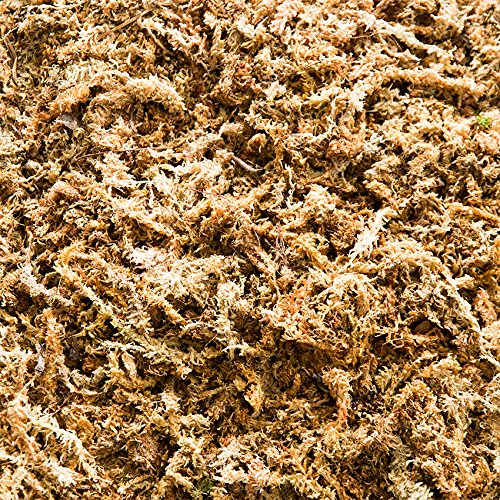
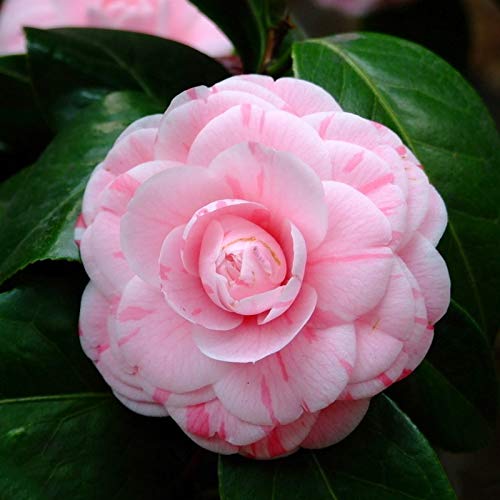
![Photo of Plant Artichokes: The Most Efficient Way in [12 Steps]](https://www.complete-gardening.com/wp-content/uploads/2022/08/plant-artichokes-the-most-efficient-way-in-12-steps-390x220.png)
